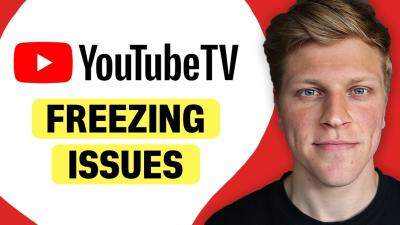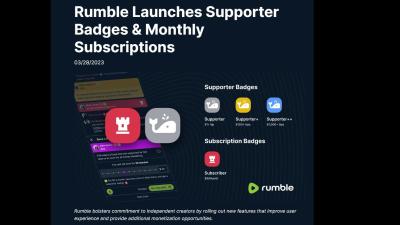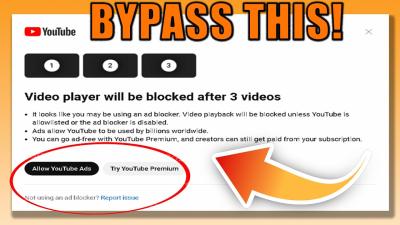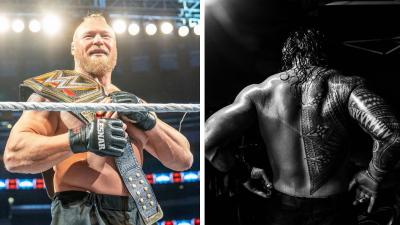Have you ever stumbled upon an image that looked strikingly real but didn’t quite add up? Welcome to the fascinating world of AI generated images! These digital wonders are crafted by algorithms and neural networks that can create stunning visuals from nothing but data. In this blog post, we'll explore how you can find these intriguing images and understand the technology behind them. Whether you're an artist, a designer, or just curious, there’s a lot to discover in this evolving landscape!
Understanding AI Image Generation Technology
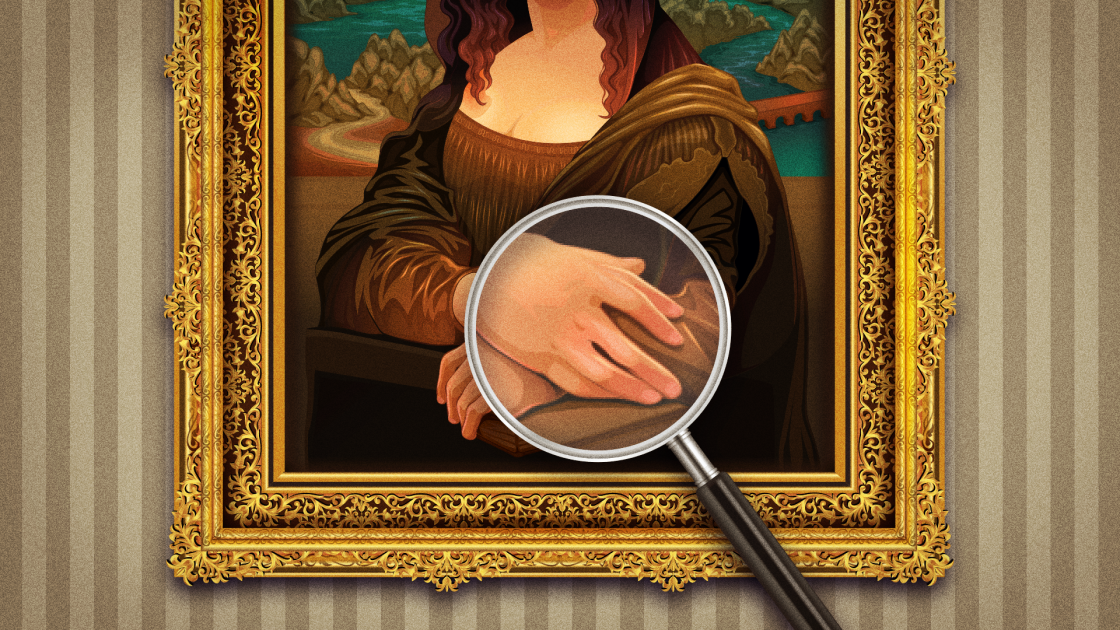
To truly appreciate AI generated images, it’s essential to dive into the technology that makes them possible. At the heart of this innovation are powerful algorithms known as Generative Adversarial Networks (GANs). Let’s break this down into bite-sized parts.
What are GANs?
Generative Adversarial Networks consist of two neural networks: the generator and the discriminator. These two components work against each other:
- Generator: Creates fake images.
- Discriminator: Evaluates them against real images.
The generator's goal is to produce images that are so realistic that the discriminator can’t tell the difference between fake and real. This constant back-and-forth results in increasingly realistic images. Imagine a game where one player tries to cheat and the other tries to catch them; that’s essentially how GANs operate!
How AI Generates Images
The process begins with feeding massive datasets into these GANs. These datasets consist of thousands, if not millions, of images. The AI analyzes these images to understand various features like:
- Shapes
- Colors
- Textures
- Patterns
Once trained, the generator can create entirely new images from scratch or manipulate existing ones by adjusting features like style or color palette. For example, you could ask the AI for a landscape that looks like a sunset over an alien planet!
Popular Tools and Platforms
Several tools deploy this AI image generation technology:
| Tool | Description |
|---|---|
| DALL-E | Created by OpenAI, this model generates images from textual descriptions. |
| DeepArt | This tool transforms photos into artwork based on different art styles. |
| Artbreeder | Allows users to create and explore images through collaborative breeding. |
These platforms harness the power of AI to allow users to either generate images from scratch or modify existing ones easily. You don’t need a background in programming or data science to use them—just a little creativity and curiosity!
In summary, understanding AI image generation technology sets the stage for appreciating the depth and potential of AI in the artistic realm. As technology continues to evolve, we can only imagine the new heights we’ll reach in visual creativity. So, are you ready to dive deeper into the world of AI generated images? Let’s go!
Also Read This: How to Determine the Resolution of an Image Quickly
3. Methods for Finding AI Generated Images
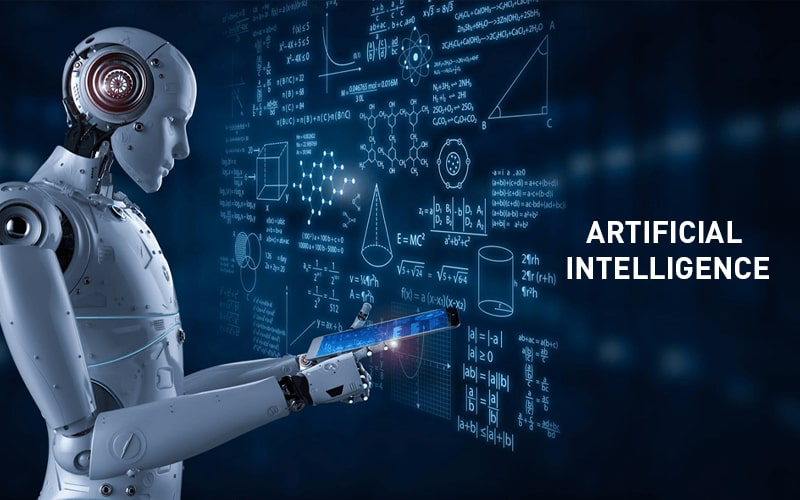
In the ever-evolving world of digital content, AI generated images have surged in popularity. But how do you actually find these cool creations? Thankfully, there are several effective methods you can use to locate them. Let’s dive into some of the most straightforward approaches.
1. Online Image Search Engines: One of the simplest ways to find AI generated images is by using online image search engines. Websites like Google Images or Bing Images allow you to search using keywords like "AI generated" or specific styles such as "AI art." Don’t forget to apply filters to refine your search by size, color, or usage rights.
2. Social Media Platforms: Social media is brimming with artists and enthusiasts who share their AI generated masterpieces. Platforms such as:
- Instagram: Search using hashtags like #AIGenerated or #AIArt.
- Reddit: Subreddits like r/aiart showcase stunning AI pieces and discussions around them.
- Twitter: Follow accounts dedicated to AI tools and art, and keep an eye on trending hashtags.
These platforms not only help you find images but also connect you with creators and communities passionate about AI art.
3. AI Art Generators: Many platforms allow users to create their own AI generated images. Websites like DALL-E, Midjourney, and Artbreeder not only generate images based on prompts you provide, but can also serve as a gallery of previously generated works. You can explore what others have created and even find inspiration for your own projects.
4. Online Marketplaces: Digital marketplaces like Etsy and Creative Market have sections dedicated to AI generated art. Here, you can browse through a variety of styles, themes, and prices. Some creators even offer prints or digital downloads you can use for personal or commercial projects.
Finding AI generated images might seem overwhelming at first, but with these methods, you’ll be well on your way to exploring this exciting new realm of creativity!
Also Read This: Mastering YouTube Shorts Editing Tips for Polished Videos
4. Best Platforms for Accessing AI Generated Images
If you're on the hunt for the best platforms to access AI generated images, you're in luck! As technology has advanced, so have the tools available for both creation and discovery. Here’s a roundup of some of the best platforms to check out:
1. DALL-E 2: Developed by OpenAI, DALL-E 2 is a powerful image generation tool. You can input a textual description, and it creates unique images based on that prompt. The output is not only imaginative but also can be quite detailed. Plus, you can browse through previously generated images for inspiration!
2. Midjourney: A popular platform among artists, Midjourney uses advanced algorithms to create stunning visuals. It's particularly known for its ability to create stylized art. After signing up for their Discord server, you can easily generate images with commands and discover what others are creating.
3. Artbreeder: Unlike traditional generators, Artbreeder allows users to blend images and adjust parameters to create unique art. It’s super fun and encourages experimentation! You can find a variety of categories, from landscapes to portraits, and modify them to your liking.
4. Runway: This platform combines video editing with AI capabilities, allowing for the generation and manipulation of images and videos. It's perfect for those looking to incorporate AI generated visuals into multimedia projects.
5. DeepAI: This user-friendly platform provides a simple interface for generating AI images based on your prompts. Plus, they have a feature that can create images tailored to specific styles, making it versatile for various creative needs.
These platforms not only offer a wealth of AI generated images but also foster communities where you can learn and get feedback on your own creations. So, whether you’re an artist, a designer, or just an AI art enthusiast, there’s a treasure trove waiting for you on these sites!
Also Read This: How to Effectively Search for Stock Images on Adobe
5. How to Use Keywords to Search for AI Generated Images
When it comes to finding AI-generated images, using the right keywords can make all the difference. Just like searching for anything online, the effectiveness of your search often boils down to how well you phrase your queries. So, let’s dive into some practical strategies!
First off, be specific. Instead of searching for generic terms like "images," try using more precise phrases. For example:
- “AI generated landscapes” instead of just “landscapes”
- “Deep learning portrait art” instead of “portrait art”
- “Neural network created illustrations” might yield different results than just “illustrations”
Next, think about the features you want the images to have. If you're looking for something surreal, you might use keywords like:
- “abstract AI art”
- “fantasy digital artwork”
- “AI generated dreamscapes”
Another useful technique is using adjectives. Descriptive terms can help narrow down the search even further. Consider using:
- “vibrant”
- “monochrome”
- “retro”
Combine these modifiers to create a more powerful search query, like “AI generated vibrant landscapes”. You may also want to use filters on image platforms. Many websites that host AI art allow you to filter results based on style, color, or orientation, giving you more tailored results.
Lastly, don’t be afraid to explore different AI platforms that specialize in generating images. Some popular options include:
- DALL-E 2 - great for creating freeform images based on text descriptions.
- Midjourney - known for its artistic flair and unique styles.
- Artbreeder - excellent for blending images and exploring variations.
Experiment with your keywords, and keep an open mind. You might stumble upon the perfect AI-generated image when you least expect it!
Also Read This: Why 123RF Is Ideal for Video Content Creators
6. Tips for Identifying AI Generated Images
As AI-generated images become more prevalent, it can sometimes be challenging to distinguish between real photographs and those crafted by artificial intelligence. Here are some helpful tips to help you identify AI-generated images.
First, look for unusual details. AI-generated images often exhibit peculiarities that can give them away. For instance:
- Inconsistencies in backgrounds.
- Awkward facial features or body proportions.
- Strange shadows or lighting that doesn’t logically match the scene.
Next, check for overly smooth textures and artifacts. While many AI models produce high-quality images, sometimes they can’t fully replicate natural textural details. If an image appears too clean, almost plastic-like, it may have been generated.
Context is key. If the image seems to represent a fantastical concept, like a mythical creature or an outrageous scene from a dream, there’s a good chance it’s AI-generated. Think of it this way: is the scenario believable? If your gut says “no,” investigate further!
Another great tip is to use reverse image search tools. Websites like Google Images or TinEye can help you track down the source of an image to see if it’s linked back to a known AI generation tool or platform.
Understand the artist’s intent. If the image comes with a caption or description, see if it provides context. Artists using AI often share their creative process, and a lack of context could suggest it's computer-generated rather than from a human artist.
Finally, keep an eye on the source. Trusted platforms that specialize in stock images or artistic works often label AI-generated art, either in the tags or descriptions. If you’re visiting forums, galleries, or social media, be cautious; as the lines blur, it’s essential to verify the origin.
With these tips, you'll be better equipped to identify AI-generated images and navigate the fascinating world of digital art!
Also Read This: How to Remove Adobe Stock Watermark in Spark
7. Legal Considerations When Using AI Generated Images
When it comes to AI-generated images, the landscape of legality can be somewhat complex. With the rapid advancement of technology, the questions surrounding copyright, ownership, and licensing become increasingly intricate. Here are some key legal considerations to keep in mind:
- Copyright Ownership: One major question is, who owns the copyright to an AI-generated image? In many jurisdictions, copyright law is not entirely clear about works created by non-human entities. If you’re using an AI tool, check the terms of service to clarify ownership rights.
- Licensing Agreements: Different AI tools may come with different licensing agreements. Some might allow for free use, while others may require a fee or have restrictions on how you can use the generated images. Always read and understand these terms before proceeding.
- Moral Rights: Even if copyright isn’t an issue, moral rights, which protect the personal and reputational relationship between creators and their works, can still come into play. This varies by jurisdiction but is something to keep in your mind.
- Third-Party Content: If your AI-generated image incorporates or is inspired by existing works, be wary of potential copyright infringement. It’s crucial to ensure that the AI’s training data did not include copyrighted materials that could lead to legal repercussions.
- Trademark Issues: Beware of using AI-generated images that could potentially infringe on trademarks. An image that resembles a well-known brand can lead to legal trouble if it's perceived as misleading or unauthorized.
Ultimately, the best course of action is to consult with a legal professional who specializes in intellectual property law. They can help you navigate the murky waters of AI-generated media and ensure that you avoid potential pitfalls.
8. Conclusion and Future of AI Generated Images
As we wrap up our exploration into the world of AI-generated images, it’s clear that this technology is transforming how we think about creativity, art, and even commerce. The implications of using AI to generate visuals are vast, and the future looks promising yet challenging.
The potential applications are virtually limitless. From marketing campaigns to video game assets and even virtual reality environments, businesses and creators can leverage AI-generated images to spur innovation and reach new audiences.
However, as AI technology evolves, so too will the ethical and legal considerations discussed earlier. Organizations and individuals who utilize this technology will need to be proactive about understanding not only the creative potentials but the implications of their creations. Future trends may include:
- Improved Accessibility: As AI tools become more user-friendly, more people will be able to create stunning visuals without needing advanced design skills.
- Personalization and Customization: Expect a surge in personalized content, where AI can generate images tailored specifically to individual preferences or needs.
- Integration with Augmented and Virtual Reality: AI-generated images will likely play a crucial role in enhancing the immersive experiences provided by AR and VR, offering new layers of interaction.
In closing, the world of AI-generated images is both exciting and intimidating. Embracing this technology can open up countless opportunities, but staying informed and responsible is essential. As we continue to explore these advances, remember that AI is a tool that complements human creativity, rather than replaces it. The future is indeed bright for those willing to adapt and grow with it!
 admin
admin




